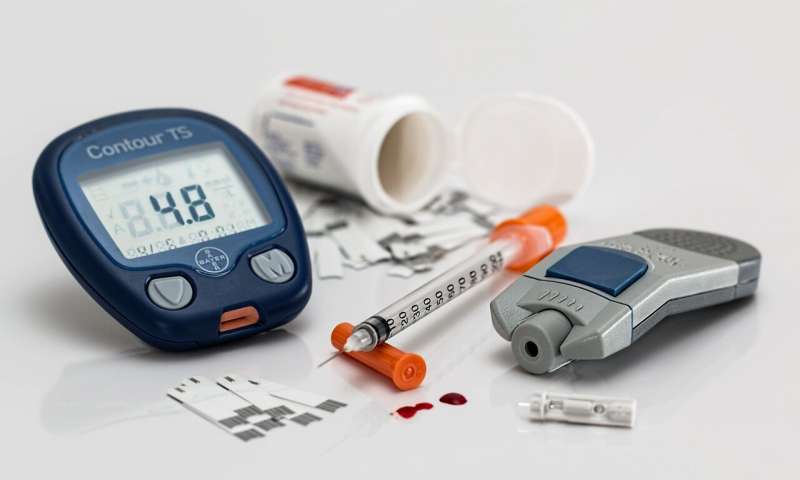From 2011 to 2019, the rates of gestational diabetes increased across all racial and ethnic subgroups and across all ages, according to a study published in the Aug. 17 issue of the Journal of the American Medical Association.
Nilay S. Shah, M.D., M.P.H., from the Northwestern University Feinberg School of Medicine in Chicago, and colleagues used data from the National Center for Health Statistics for 12,610,235 individuals aged 15 to 44 years with singleton first live births from 2011 to 2019 in the United States to examine whether the rates of gestational diabetes have changed.
The researchers found that from 2011 to 2019, the overall age-standardized gestational diabetes rate increased significantly from 47.6 to 63.5 per 1,000 live births, a mean annual change of 3.7 percent. Of those with gestational diabetes in 2019, 21, 8, 14, and 56 percent were Hispanic/Latina, non-Hispanic Asian/Pacific Islander, non-Hispanic Black, and non-Hispanic White, respectively (rate ratios, 1.15, 1.78, 0.97 compared with referent group of non-Hispanic Whites). The highest gestational diabetes rates were seen in Asian/Indian participants (rate ratio, 2.24). Puerto Rican individuals had the highest rates of gestational diabetes among Hispanic/Latina participants (rate ratio, 1.31). Among all race and ethnicity subgroups and across all ages, gestational diabetes rates increased.
“Addressing modifiable prenatal risk factors and implementing strategies to prevent gestational diabetes and postnatal diabetes in all individuals, with particular focus on groups with disproportionately high gestational diabetes rates, may help to reduce disparities in long-term cardiovascular and metabolic disease outcomes,” the authors write.
One author has a patent pending for Metabolite signature to predict progression to type 2 diabetes after gestational diabetes; the Kaiser Foundation Research Institute has rights to the patent.


